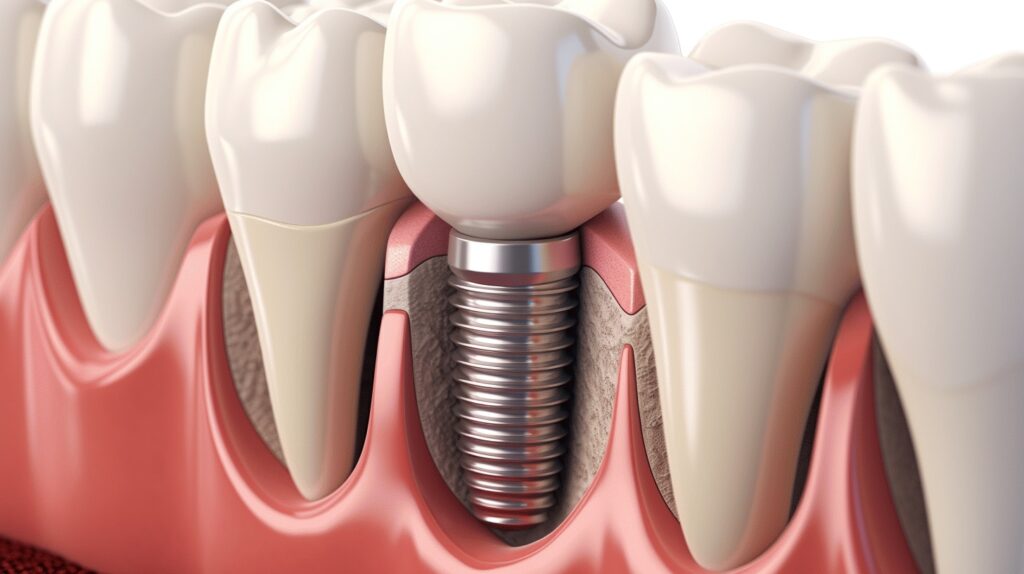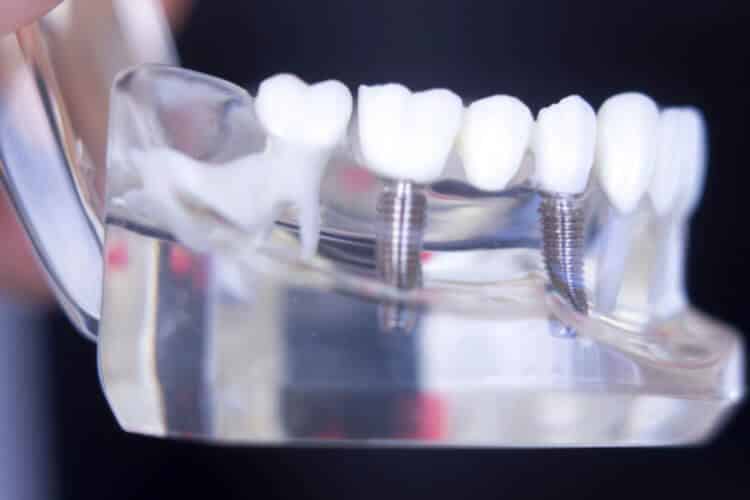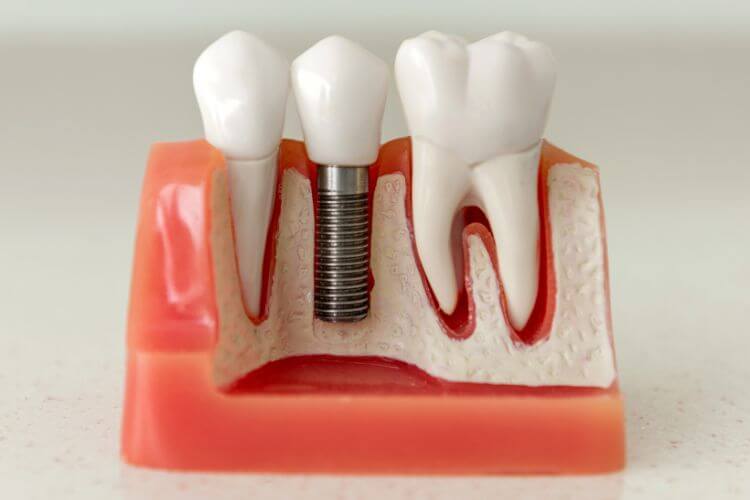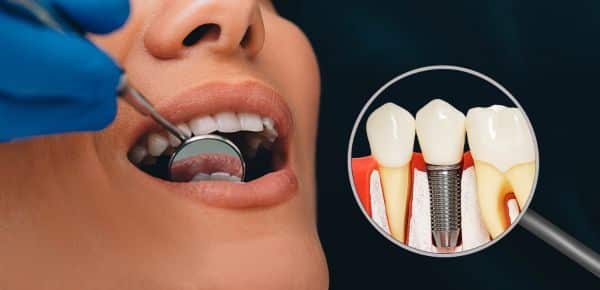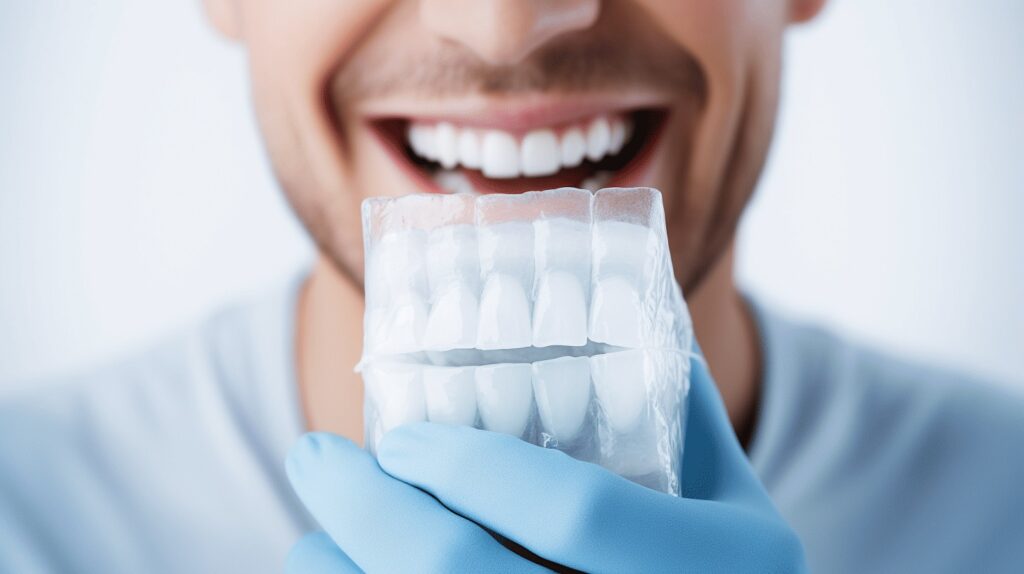Welcome, luminous smiles!
With the constant advancements in dental technology, a wide array of solutions are available for those wanting to regain their confident smile. Dental implants are a popular option for adults of all ages- from those seeking to replace one or a few missing teeth, to those wanting full oral reconstruction.
However, like all medical procedures, the decision to get dental implants involves careful consideration.
This article will provide insights on the pros and cons of dental implants, survival rates over the years, and their restoration success rates.
If you’re considering the option of dental implants, stick with us as we explore whether it’s the right choice for you. 😊
Table of Contents
Understanding Dental Implants
Dental implants have become somewhat of a buzzword in the world of restorative dentistry. But what exactly are they, and how do they work?
This simple yet detailed guide seeks to demystify the concept of dental implants, providing you with all the insights you need about this innovative dental solution that could just be your key to a perfect, worry-free smile!
Definition of Dental Implants
Dental implants are essentially artificial tooth roots, typically made from titanium. They are securely placed into your jawbone and used as a base to support one or more false teeth.
Sounds interesting, right? Well, it only gets better!
Closely mimicking your natural teeth, dental implants come with a host of benefits. Here’s what they bring to your table, literally:
- Comfort: Once installed, dental implants feel just like your natural teeth.
- Durability: Dental implants are incredibly strong and can last several decades if properly cared for.
- Cosmetic Appeal: Implants look very natural, allowing you to flaunt your smile confidently!
How Do Dental Implants Work?
You might be wondering, “How exactly do these magic pieces work to restore my smile?” Well, let us break it down for you!
Dental implant restoration typically includes these three parts:
- Implant – The actual titanium screw that is insert into your jawbone.
- Abutment – This piece stands as the connector between the implant and the crown.
- Crown – The part of the implant visible above your gum line, usually a prosthetic tooth.
Seemingly complicated, yet incredibly simple, isn’t it?
Have you been considering getting your missing tooth replaced or upgrading from conventional dentures?
An in-depth understanding of dental implants will help you make an informed decision. The decision that might transform your life, just like how countless others report a noticeable improvement in their confidence and quality of life after getting these dental implants.
Now that’s truly something to smile about!
For more on this topic, head over to our Understanding Dental Implants page.
We look forward to helping you on your journey to a more radiant smile!
Pros of Dental Implants
There’s no denying the ground-breaking impact of technological rise and advancement in the dental world, especially when discussing dental implants.
We are here to enlighten you about the striking advantages of dental implants – from their high success rate over time, long-term survival of the structures, to the success rate of the implant restoration process.
High Success Rate Over Time
Did you know that dental implants boast a success rate of 97% at 10 years and a significant 75% at 20 years?
✨ This means that most patients who opt for dental implants benefit from their long-term success. These figures underline how dental implants are a reliable choice for those seeking a long-lasting solution to teeth loss or decay.
Long-term Survival of Implants
The durability of dental implants doesn’t just stop at their initial success rate. Statistics show that the long-term survival rates of implants range between 93.3% and 98%.
🦷That’s an impressive track record, don’t you think? It only goes to show how dental implants are more than just a quick fix to a dental problem – they promise prolonged durability, making them a worthy investment for many.
High Success Rate for the Implant Restoration Process
Last but certainly not least, the success rate of the implant restoration process adds another feather to the dental implant’s cap.
With a whopping predicted success rate of about 98% overall, the dental implant restoration process has consistently proven itself to be a trustworthy, efficient procedure that brings forth renewed oral health and confident smiles. 😊
Current Advancements of Dental Implants are even looking at improving these success rates, solidifying dental implants as the preferred choice for dental restoration.
So, if you are pondering over getting a dental implant, remember all the pros we’ve highlighted.
Cons of Dental Implants
Although dental implants have revolutionized the world of dentistry with their strength, durability, and life-like appearance, they do come with their fair share of challenges.
Here, we’ll delve into some of the drawbacks, particularly revolving around upper jaw implants, and potential risks and complications that dental implants can pose.
Challenges with Upper Jaw Implants
First on our list is the difficulty with upper jaw implants. You might find it surprising, but the success rate of dental implants is not uniform across the board.
This variance is particularly noticeable differences between the upper and lower jaw. According to the data, the five-year success rate is approximately 95% for lower jaw implants and 90% for upper jaw implants.
Why the disparity, you may ask? Upper jaw implants present unique challenges, mainly due to the proximity of the sinus cavities and the quality of the jawbone.
The upper jaw often has lesser bone density compared to its lower counterpart. This minimal bone mass can directly impact the stability and success of upper dental implants.
To overcome these challenges, additional procedures like bone grafting or sinus lifts may be needed, increasing both cost and complexity.
Potential Risks and Complications
Moving beyond the specific concerns with upper jaw implants, there are broader risks and complications to be aware of when considering dental implants.
Firstly, as with any surgical procedure, there’s always a risk of infection. Although implant sites are routinely treated with antiseptics prior to the procedure, infection can still take hold post-surgery.
Secondly, the discomfort following the procedure can sometimes be intense, and swelling and bruising are common. While these side effects are typically temporary, they can be quite inconvenient.
Lastly, nerve damage is a potential but rare risk. Improper placement of the implant can harm nerves in the surrounding area, leading to pain, numbness, or tingling sensations.
But it’s not all gloom and doom. For those considering dental implants, remember that most procedures are successful. The key lies in choosing the right dental professional and being well-informed about the procedure.
When it comes to our dental health, we want to ensure we’re making informed decisions. Engage with articles like our Success with Dental Implants, which will further equip you with knowledge about dental implant procedures.
While dental implants have some distinct disadvantages, when done right, they can undeniably transform your smile and improve your overall dental health. With the necessary care and precautions, you can mitigate these risks and have a positive dental implant experience.
Survival Rates Over the Years
Surviving against all odds – it’s a scenario that categorically defies the human spirit. We’ve all got stories of survival tucked deep in our hearts: fights against harsh elements, dangerous animals, precarious situations, and even critical illnesses.
But, have you ever wondered how medical science quantifies this survival instinct? Well, the answer lies in survival rates. In this article, we’ll delve into survival rates over some defined periods – 3, 5, 10, and 15 years, to bring this often under-appreciated metric into the light. 🌟
Sit tight as we deconstruct the survival rate’s mysteries.
3-Year Survival Rate
The first checkpoint on our survival trajectory is the 3-year survival rate.
This is a significant milestone and often gives a perceptive idea about the patient’s potential for a long-term victory against their health conditions. Statistically, cumulative survival rates stand at an encouraging 98.9%! Amazing, isn’t it?
It is a testament to the relentless will of those battling health challenges and the medical world’s efforts.💪
5-Year Survival Rate
Skipping ahead a couple of years, let’s turn our gaze towards the 5-year survival rate. Coming out of this phase with flying colors is certainly a feat, given it symbolizes an extended period of battle.
Incredibly, survival rates remain rather high, around 98.5%. These figures truly encapsulate the overwhelming possibilities placed at our disposal by advancements in modern medicine. 🚀
10-Year Survival Rate
As we approach the 10-year mark, survival starts to feel more like a marathon than a sprint. By this point, people are not just patients but seasoned warriors girded with resilience and determination to thrive.
The cumulative survival rate at this juncture is 96.8%, representing thousands of long, hard-fought battles fearlessly taken up. 💥
15-Year Survival Rate
Looking further down the line, at the 15-year survival rate, we’re talking about long-term fighters. The ones who’ve defied every odd and emerged stronger after a decade and a half long battle.
Here, the survival rate reached an astonishing 94%. This number speaks volumes about both the human will’s unyielding nature and the impressive strides in medical technology. 💯
A journey through the years of survival rates reveals an inspiring truth: people are survivors and fighters at heart. It’s a testament to the strength of human character, medical tenacity, and our collective ability to keep forging ahead, irrespective🙏.
Bringing these survival rates to light helps us appreciate the extraordinary strength within each of us and the life-changing impact of medical advancements. Gearing up for a fight or soldiering on, remember, you’re already a survivor. 🌹🌟
Dental Implant Restoration Success Rates
There’s something incredibly empowering about a smile. It’s not just about aesthetics; it’s about how you feel within yourself.
But what happens when tooth loss spoils your perfect smile? You’re in luck, dental implant restorations may be just the solution you’re looking for.
Dental implants are a popular solution for tooth replacement, offering a long-term solution for those who suffer from lost or damaged teeth.
But, like all medical procedures, people often fret over one question: How successful are they?
“The Success Rate of Dental Implant Restoration”
Just breath a sigh of relief because, on average, the success rate of dental implant restoration is well above 90%! 😃.
That’s right! They have proven to be a reliable solution for many individuals seeking to regain their confident smiles.
This impressive success rate stems from various factors:
- Improved Technology: The technological advancements in the dental field have significantly boosted the success rates of dental implant procedures.
- Expertise of the Dental Professionals: The success of dental implant restorations is highly dependent on the skills, knowledge, and experience of the dental practitioners carrying out the procedure.
- Patient’s Oral Health: A patient’s oral health and the care they take post-surgery also play a crucial role in the success of the implant.
While dental implant restorations come with a high success rate, it’s paramount to remember that their success fundamentally depends on your personal oral hygiene practices and regular dental check-ups.🦷
The marked success rate of dental implant restoration is a testament to its efficacy. It reassures prospective patients about the procedure’s reliability and robustness. We should not forget that while success rates are significant, every patient’s case is different.
Therefore, it’s essential to have a thorough and precise consultation with your dentist before embarking on the dental implant restoration journey.
Remember, a healthy, happy smile is just a dental implant restoration away! So, don’t let tooth loss steal your sparkle. Get back your radiant smile with dental implant restoration.
To sum it up, dental implant restoration is not just a procedure; It’s a pathway to regained confidence and a bright, beautiful smile. 😃
Conclusion: Is Dental Implant Right for You?
When it comes to the best and most effective dental solutions, dental implants stand out by leaps and bounds- if it is the right fit for you.
It all boils down to your specific dental health, lifestyle, budget, and personal preferences. While dental implants offer a superior level of comfort, appearance, and durability compared to other solutions, they might come with potential challenges.
That being said, it’s important to thoroughly discuss and weigh your options with your dentist, in order to make the most well-informed decision possible.
At Wilshire Smile Studio, we are more than happy to guide you through every step of your dental journey. Our expert team possesses a wealth of experience in providing a wide range of dental services, including dental implants that have consistently satisfied and exceeded patients’ expectations.
Enhance your smile and reinstate your confidence. Schedule a free consultation with us or call 323-DENTIST (323-336-8478) for help. At Wilshire Smile Studio, we prioritize your health, comfort, and satisfaction at every step.
Let’s together shape the perfect smile that you’ve always desired and deserved!
Remember, opting for dental implants isn’t just an investment in a dental procedure- it’s an investment in your self-esteem, oral health, and overall quality of life.
Choose wisely, and never hesitate to seek professional advice. Healthy smiles are always in style!
Frequently Asked Questions
1. What are the advantages of dental implants?
Dental implants offer several advantages, such as improved appearance, functionality, and comfort compared to traditional dentures or bridges. They also provide long-term durability, preserve oral health, and prevent bone loss.
2. Are there any drawbacks to getting dental implants?
While dental implants are a popular tooth replacement option, they are not suitable for everyone. Some drawbacks include a longer treatment process, higher cost compared to other options, and the need for good oral hygiene and overall health to ensure successful implantation.
3. How long do dental implants last?
With proper care and maintenance, dental implants can last a lifetime. However, it is important to attend regular check-ups with your dentist, maintain good oral hygiene, and avoid habits such as smoking or teeth grinding that can impact the longevity of the implants.
4. Is the dental implant procedure painful?
During the dental implant procedure, local anesthesia is used to ensure a painless experience. However, some discomfort and swelling may be expected in the days following the surgery. Pain medication can be prescribed by your dentist to alleviate any discomfort.
5. What is the success rate of dental implants?
Dental implants have a high success rate, ranging from 95% to 98%, when performed by a skilled and experienced dentist. Success depends on factors such as the patient’s oral health, bone quality, and adherence to post-operative care instructions.


